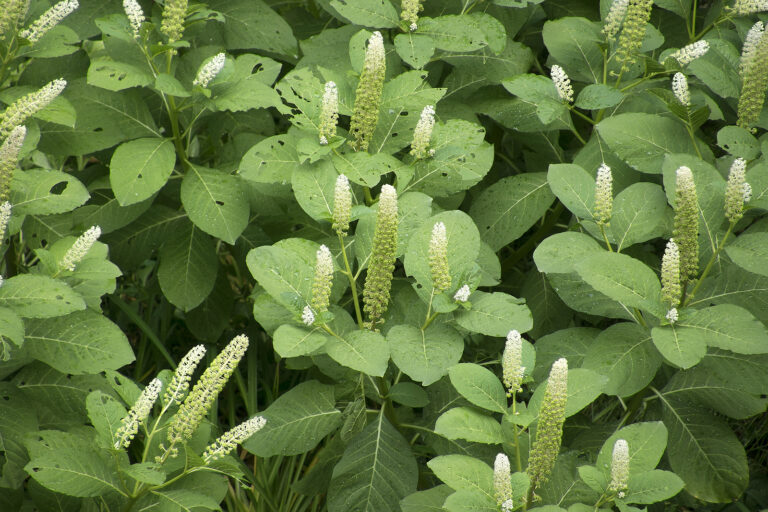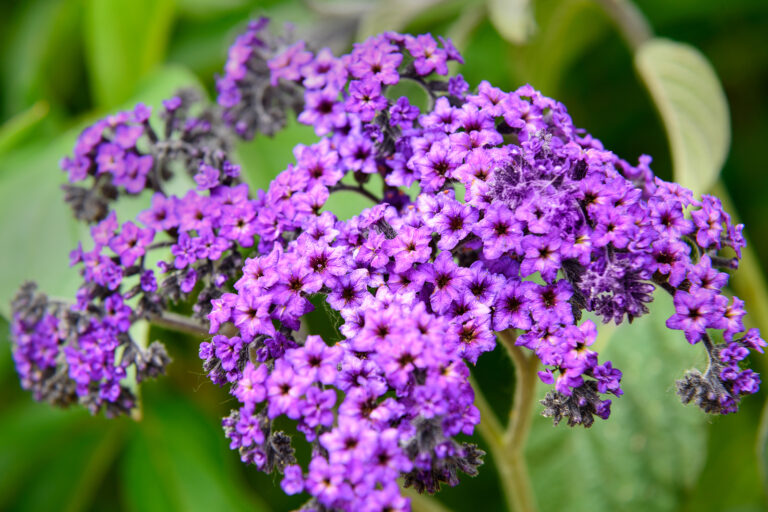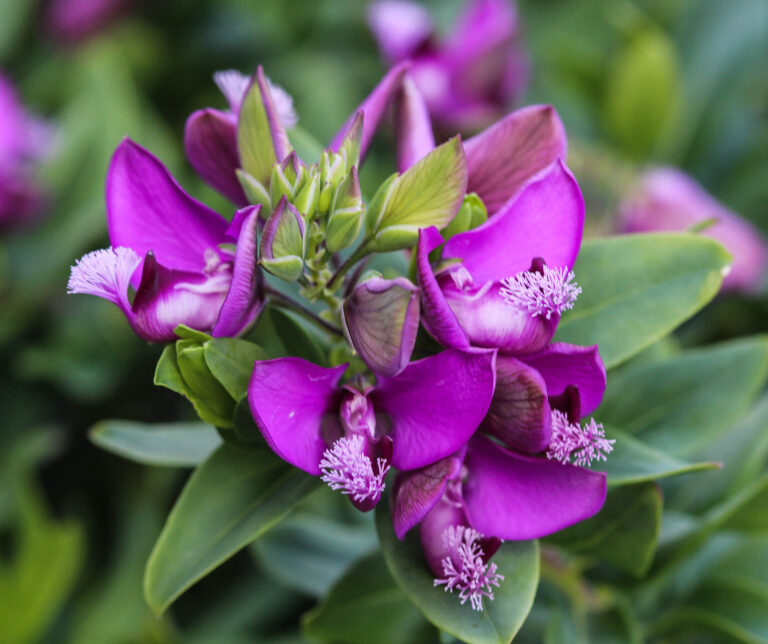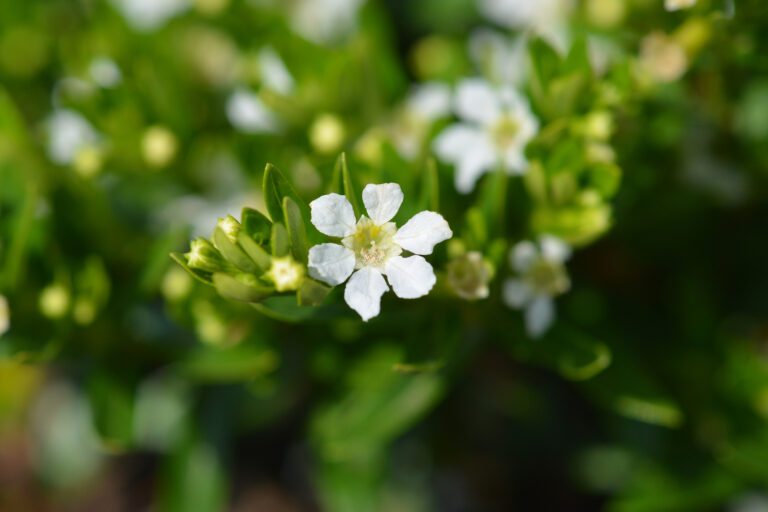How to Grow Ratibida – Prairie Coneflower
Ratibida, commonly known as prairie coneflower or Mexican hat, is a hardy, drought-tolerant plant that is relatively easy to grow.
Ratibida is a genus of flowering plants in the sunflower family (Asteraceae) that are native to North America. They are commonly known as coneflowers or prairie coneflowers.
These plants have large, daisy-like flowers with drooping, cone-shaped centers that are typically yellow, orange, or red in color. Ratibida plants are drought-tolerant and attract pollinators, making them popular choices for gardeners and wildlife enthusiasts. They are also commonly found in prairies and meadows throughout the United States and Canada.
Ratibida are often attractive to pollinators like bees and butterflies and are a popular choice for wildflower gardens and native plant landscapes.
Ratibida description
- Flowers: The flowers of Ratibida are distinctive with drooping petals, often in shades of yellow, red, or bicolor combinations. The central cone of the flower is elongated, resembling a hat, hence the common name “Mexican hat.”
- Height: Plants generally reach a height of 1-3 feet.
- Foliage: The leaves are fine and deeply lobed, adding a soft, airy texture to the garden.
- Bloom Time: It blooms from mid-summer to early fall, providing long-lasting color in late-season gardens.
- Hardiness: Ratibida is drought-tolerant and thrives in full sun, making it perfect for low-maintenance gardens.
Ratibida uses in the garden
- Wildlife Gardens: Ratibida attracts bees, butterflies, and other pollinators, making it ideal for creating pollinator-friendly spaces.
- Prairie and Meadow Gardens: Its natural habitat is the prairie, so it works beautifully in prairie-style gardens or wildflower meadows, blending seamlessly with grasses and other wildflowers.
- Xeriscaping: Due to its drought tolerance, Ratibida is a great choice for xeriscape gardens, which focus on low-water plants.
- Cottage Gardens: Its informal, airy appearance fits well in cottage-style gardens, providing color and interest without requiring much maintenance.
- Borders and Edging: It can be planted along borders or as edging to create visual interest with its tall, swaying flower stems.
- Cut Flowers: Ratibida’s long-lasting blooms make excellent cut flowers for arrangements.
- Deer Resistant: Ratibida is easy to grow, self-seeding, and resistant to deer, making it a fantastic addition to naturalistic garden settings. It’s a great choice if you’re aiming to create a sustainable, wildlife-friendly, and visually engaging garden space.
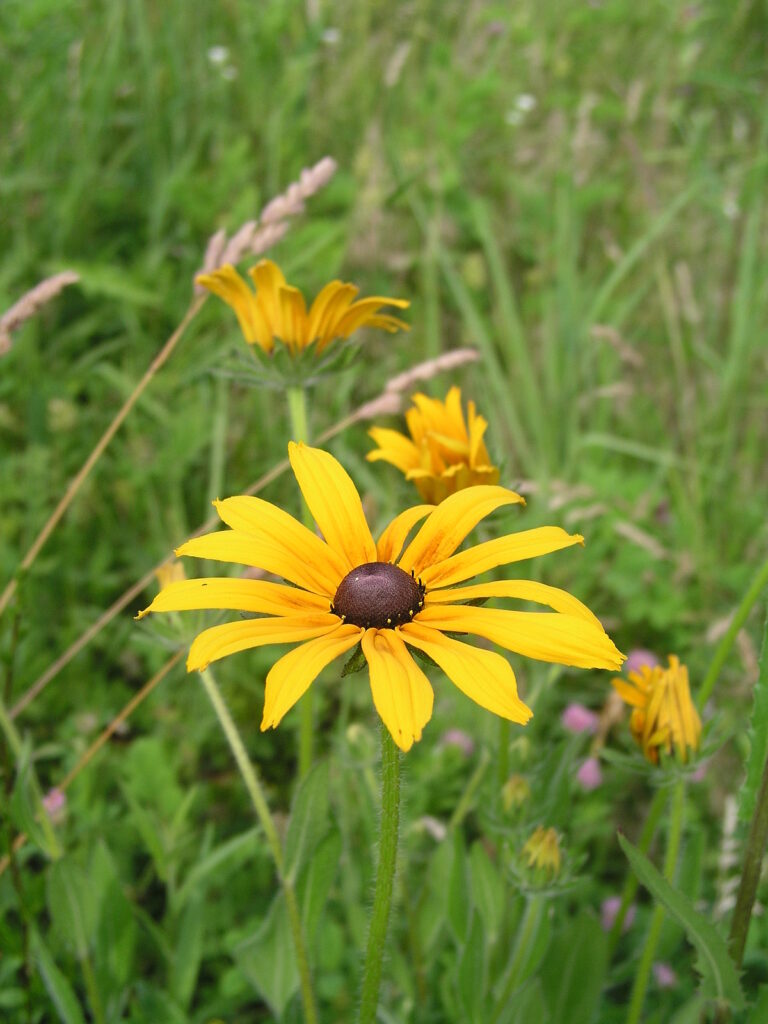
Where to plant Ratibida
- Ratibida prefers full sun, so make sure to plant it in a location that receives at least 6-8 hours of sunlight per day.
- Ratibida prefers well-drained soil, so make sure to amend your soil with organic matter such as compost or peat moss to improve drainage.
- Ratibida prefers sandy or loamy soil with a neutral to slightly acidic pH. Amend the soil with compost or organic matter to improve drainage and fertility before planting.
- Avoid planting in areas with heavy clay soil or poor drainage.
When to plant Ratibida
- Ratibida can be planted in the spring or fall. If planting in the spring, wait until after the last frost has passed. If planting in the fall, make sure to give the plant enough time to establish itself before the first frost.
- Ratibida can be grown from seeds, so sow the seeds directly into the garden in the spring after the danger of frost has passed. You can also start the seeds indoors in pots and transplant them outside once they have established.
Planting and spacing Ratibida
- Space Ratibida 2 to 3 feet apart. Ratibida can grow to 3 feet tall and nearly as wide.
How to water and feed Ratibida
- Keep the soil consistently moist until the plants are established, then water them sparingly as they are drought-tolerant once established.
- While ratibida is drought-tolerant once established, it is important to water regularly during the first growing season to help the plant establish strong roots. After that, water sparingly, allowing the soil to dry out between waterings.
- Fertilize Ratibida sparingly. Ratibida plants do not require much fertilizer. If you choose to fertilize, do so sparingly with a balanced fertilizer in the spring.
Ratibida care
- Mulch around the plants to help retain moisture in the soil and suppress weeds. Apply a layer of mulch around the base of the plant to help retain moisture and suppress weeds. Avoid piling mulch directly against the stems of the plant, as this can lead to rot and disease.
- Deadhead the flowers: Remove spent flowers to encourage more blooms and prolong the blooming period. Deadhead faded flowers by snipping them off at the base of the stem. This will also help prevent self-seeding, as ratibida can be a prolific self-sower.
- Ratibida can be divided every few years to prevent overcrowding and encourage more vigorous growth. Ratibida can become overcrowded over time, leading to reduced blooming. Divide clumps of ratibida every 3-4 years in the spring to rejuvenate the plant and promote healthy growth.
Ratibida pests and diseases
- Monitor for pests and diseases: Keep an eye out for common pests like aphids and diseases like powdery mildew. Treat any issues promptly to prevent them from spreading.
Ratibida propagation
- Ratibida can be grown from seeds, so sow the seeds directly into the garden in the spring after the danger of frost has passed. You can also start the seeds indoors in pots and transplant them outside once they have established.


